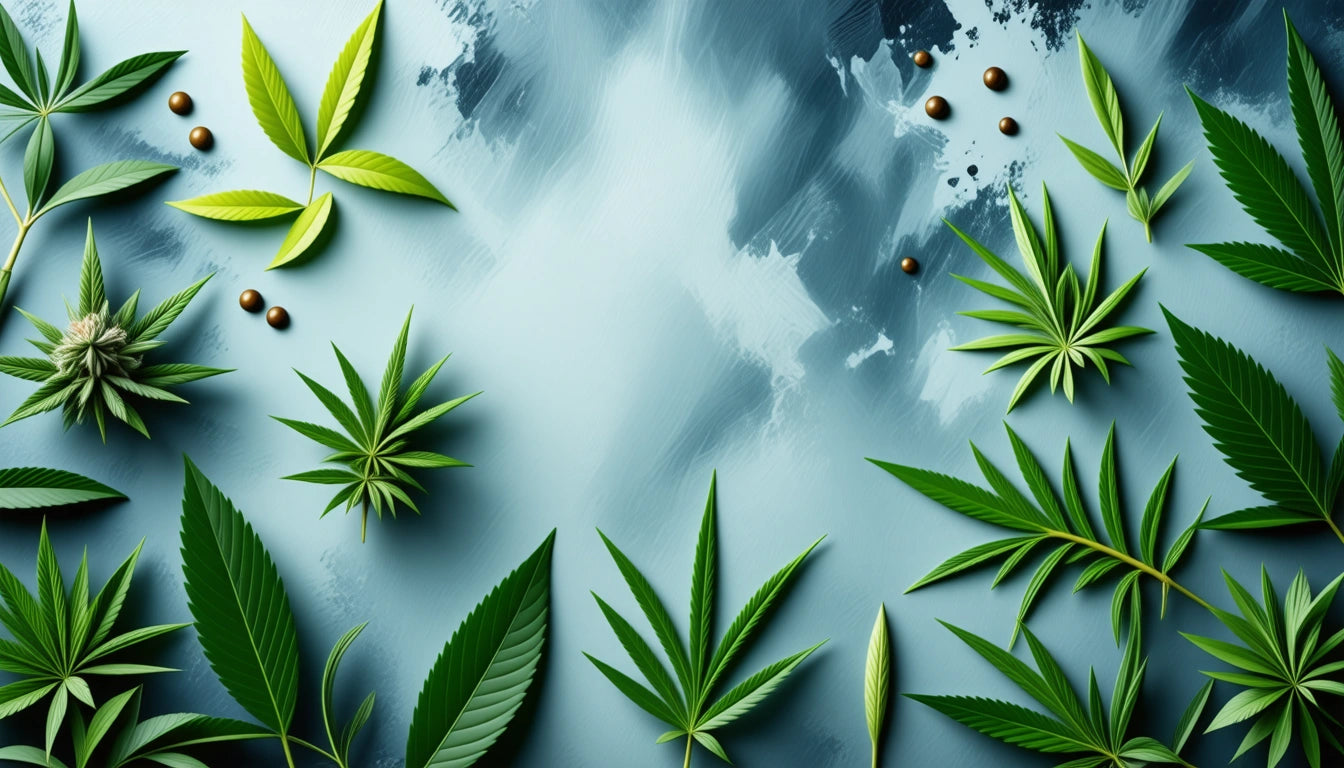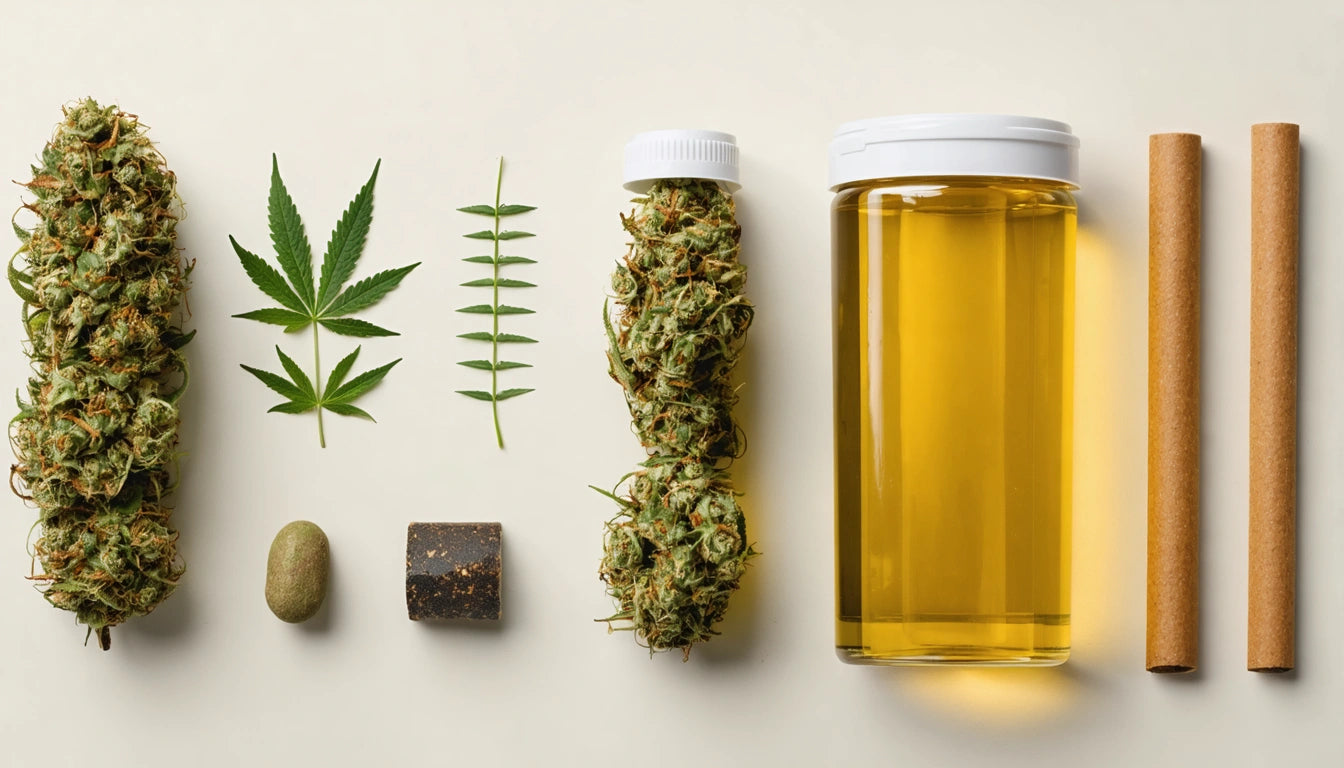Table of Contents
- Visual Differences Between Indica and Sativa Plants
- Effect Profiles and Usage Considerations
- Terpene Profiles and Aroma Distinctions
- Growing Patterns and Cultivation Characteristics
- Popular Strains and Their Classifications
- The Hybrid Spectrum and Modern Cannabis
- Practical Identification Tips for Consumers
How to Distinguish Between Indica and Sativa Strains
Understanding the differences between indica and sativa cannabis strains helps consumers make informed choices about their cannabis experience. While modern breeding has blurred many traditional distinctions, recognizing key characteristics can still guide your selection process. This guide explores reliable methods to tell indica from sativa across various aspects of the plant.
Visual Differences Between Indica and Sativa Plants
One of the most reliable ways to tell indica from sativa is through visual inspection of the plant structure and leaves. Indica plants typically grow shorter and bushier with broader, darker green leaves. The dense structure creates a compact appearance, rarely exceeding 6 feet in height. In contrast, sativa plants grow tall and lanky, often reaching 12 feet or more, with narrow, finger-like leaves that appear lighter in color.
When examining buds, indica flowers tend to be dense, heavy, and compact. Sativa buds are generally more airy, lighter, and less tightly packed. This structural difference affects not only appearance but also drying time and moisture retention in the final product.
Effect Profiles and Usage Considerations
The effects produced by each type create another method to distinguish between indica and sativa strains. Traditionally, indica varieties are associated with full-body effects often described as relaxing, sedating, or calming. These strains typically produce what consumers call a "body high" and are commonly used in the evening or before sleep.
Sativa strains generally create more cerebral, uplifting, and energizing effects. Users often report enhanced creativity, focus, and mental stimulation, making these varieties popular for daytime use. Understanding these effect profiles helps consumers determine whether a strain is indica or sativa based on their experience.
Terpene Profiles and Aroma Distinctions
Terpenes, the aromatic compounds in cannabis, offer another way to tell if it's indica or sativa. Indica strains often contain higher concentrations of myrcene, which produces earthy, musky, and sometimes fruity aromas. This terpene contributes to the sedative effects associated with indica varieties.
Sativa strains typically feature higher levels of limonene and pinene, creating citrusy, sweet, or pine-like scents. These terpenes often contribute to the uplifting and energizing effects characteristic of sativa varieties. Training your nose to recognize these aromatic differences can help identify strain types.
Growing Patterns and Cultivation Characteristics
For cultivators, growth patterns provide clear indicators to tell indica from sativa. Indica plants have shorter flowering periods (typically 6-8 weeks) and produce higher yields in less time. They evolved in harsh, mountainous regions with shorter growing seasons, developing compact, efficient growth patterns.
Sativa plants require longer flowering periods (10-16 weeks) and evolved in equatorial regions with consistent climates and longer growing seasons. Their height and spread make them more suitable for outdoor cultivation in warm climates with ample space.
Popular Strains and Their Classifications
Examining popular strains can help illustrate how to identify indica and sativa characteristics. For example, when consumers ask "is Permanent Marker indica or sativa," the answer reveals the complexities of modern cannabis. Permanent Marker is actually a hybrid strain with indica-dominant characteristics, featuring the relaxing effects of its indica genetics while maintaining some of the cerebral qualities of its sativa heritage.
Other well-known strains provide clearer examples: Northern Lights exemplifies classic indica traits, while Durban Poison represents pure sativa characteristics. Learning these benchmark strains helps consumers develop a reference framework for identification.
When storing cannabis products, particularly those with high potency, proper safety measures are essential. Regulatory standards for secure packaging help protect vulnerable populations from accidental exposure, similar to safeguards used for prescription medications.
The Hybrid Spectrum and Modern Cannabis
Today's cannabis market primarily consists of hybrid strains that combine indica and sativa genetics in various ratios. Pure landrace strains (100% indica or 100% sativa) are increasingly rare. Most commercial strains fall somewhere on a spectrum, described as "indica-dominant" or "sativa-dominant" hybrids.
This hybridization complicates traditional methods of distinguishing between types. For example, a strain might display the physical characteristics of an indica plant but produce effects more commonly associated with sativa varieties. This reality has led many cannabis scientists and industry professionals to focus more on cannabinoid and terpene profiles rather than the indica/sativa classification system.
Practical Identification Tips for Consumers
For practical purposes, consumers wondering how to tell if it's indica or sativa should consider these approaches:
- Examine the physical structure of buds: dense and compact (indica) versus light and airy (sativa)
- Note the aroma profile: earthy and musky (indica) versus citrusy and sweet (sativa)
- Consider the effects: relaxing and sedating (indica) versus energizing and uplifting (sativa)
- Check the strain information provided by dispensaries or producers
- Research the strain's genetic lineage when available
Remember that while these guidelines help distinguish between indica and sativa strains, individual responses to cannabis vary based on personal body chemistry, tolerance, dosage, and consumption method. The most reliable approach combines understanding these classical distinctions with personal experience and guidance from knowledgeable sources.
As cannabis research advances, our understanding of strain differences continues to evolve beyond the traditional indica/sativa framework toward a more nuanced view based on specific cannabinoid and terpene compositions. This scientific approach ultimately provides more precise and personalized guidance for cannabis consumers.











Leave a comment
All comments are moderated before being published.
This site is protected by hCaptcha and the hCaptcha Privacy Policy and Terms of Service apply.